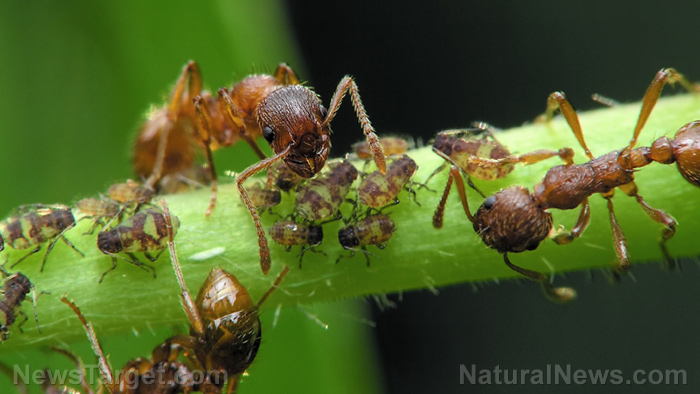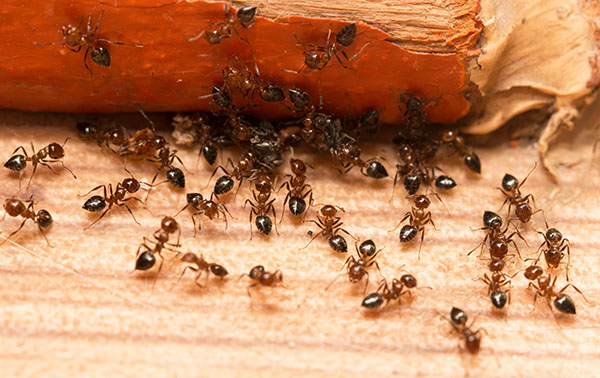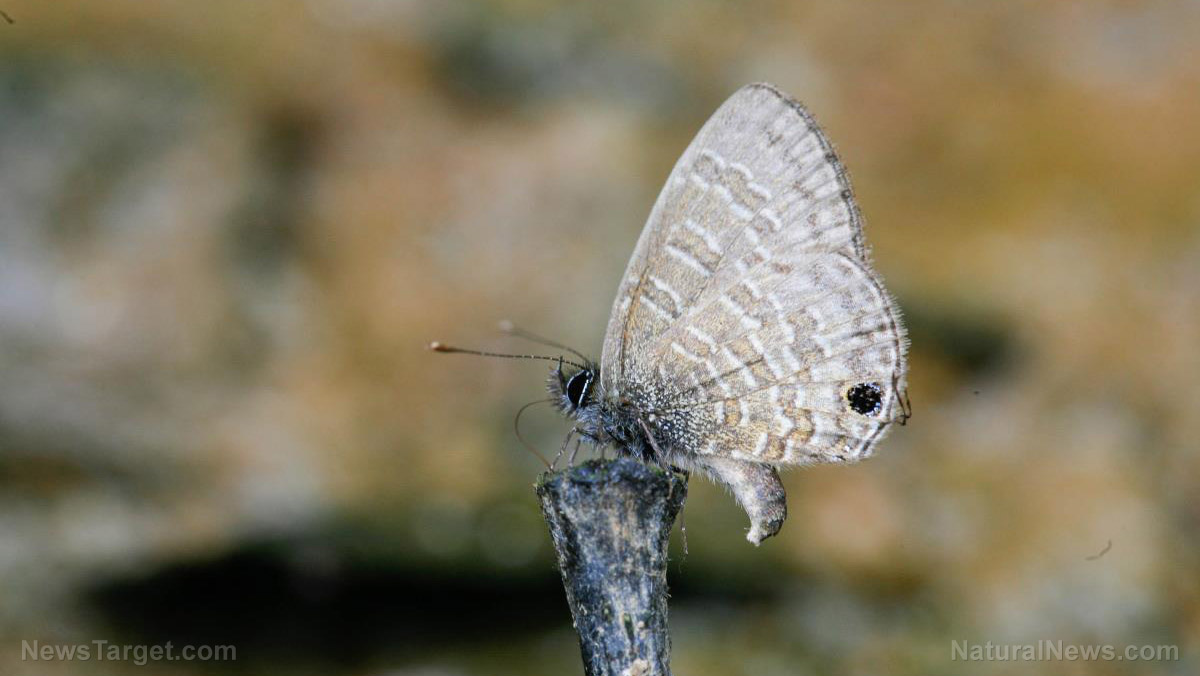
Published in Oikos, it revealed that ants help reduce the bacterial load and increase the germination rate of plants. The ants themselves have colonies of bacteria on their legs and thoraxes that secrete antibiotics.
Unfortunately, lead author Joachim Offenberg, a senior scientist at Aarhus University in Denmark, said they do not know how ants exactly healed sick plants. Offenberg and his colleagues speculate that the pheromones ants produce to create chemical trails -- some of which have antibiotic properties -- have a healing effect.
Natural antibiotics
In a review of studies examining the effect of ants on plant pathogens, Offenberg and his fellow Aarhus ecologist Christian Damgaard found that out of 30 plant species ants are known to inhabit, 18 showed a decrease in the effects of pathogens but an increase in six. In total, ants protected plants from at least 14 different diseases.
Offenberg and Damgaard said they were inspired to examine the potential of ants to protect plants by an earlier study that showed how the introduction of wood ants to an apple plantation significantly reduced serious diseases in the apples.
Overall, their findings suggest that this protection against plant diseases could be just as significant as the protection that ants provide in defending plants from herbivores.
Offenberg and Damgaard also said their research might be beneficial in studying and possibly developing natural pesticides capable of fighting more kinds of plant diseases. They are also hopeful that ant-derived antibiotics could have far-reaching implications for agriculture.
Promising precedents
The idea that ants protect plants is not a major breakthrough in itself. Studies have long confirmed that ants provide protection to their botanical hosts by feeding on pests and deterring other invasive insects.
The ants are able to do this because of the bacteria that live on their thoraxes, or the middle segment of their bodies. Worker ants would coat ant eggs with strains of these bacteria. The ants would then feed the bacteria with their own personal supply of bacteria secreted by glands on their thoraxes as they mature.
In return, the bacteria would help the ants by producing antibiotics, which ants can use to protect plants from diseases. They also use these antibiotics to prevent diseases from spreading throughout the colony.
The fact that bacteria can make antibiotics is not surprising. For one, several soil-dwelling bacteria are known to produce antibiotics. However, what is surprising is that the ants are able to use their antibiotics so well that they can successfully protect plants.
In 2014, for example, researchers from the Max Planck Institute for Chemical Ecology in Germany studied the mutualistic relationship between acacia plants and the ants that live on them. The plants give them nectar and their hollow thorns for food and accommodation. In return, ants fight harmful pathogens.
In particular, the researchers found that the presence of the ants altered the bacterial populations in the plants' leaves, reducing the number of harmful pathogens. Lab analysis also showed that certain plant pathogens were sensitive to the application of leg extracts of ants. When the pathogens were exposed to those leg extracts, they stopped proliferating.
In addition, the researchers also found that certain bacteria associated with the ants were capable of producing natural antibiotic substances.
Meanwhile, in 2017, researchers discovered that wood ants craft an antibiotic “cocktail” made of tree resin and poison from their own bodies to protect their colonies from diseases. The researchers likened how ants develop this combination to humans and their drug cocktails.
Overall, studies like these could help scientists learn a thing or two about developing environmentally-friendly pesticides from ants' antibiotics. (Related: Pomegranate peel extract found to be a safe and natural pesticide.)
Read more articles about mutualistic relationships between insects and plants at Environ.news.
Sources include:
Please contact us for more information.























